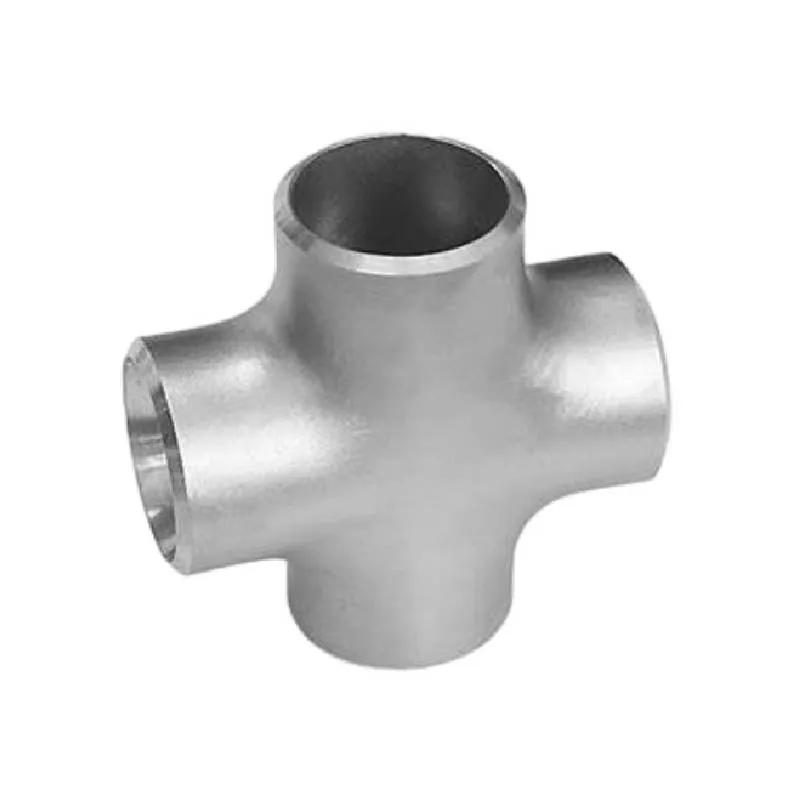-
Cangzhou Yulong Steel Co., Ltd.
-
Phone:
+86 13303177267 -
Email:
admin@ylsteelfittings.com
- English
- Arabic
- Italian
- Spanish
- Portuguese
- German
- kazakh
- Persian
- Greek
- French
- Russian
- Polish
- Thai
- Indonesian
- Vietnamese
- Zulu
- Korean
- Uzbek
- Hindi
- Serbian
- Malay
- Ukrainian
- Gujarati
- Haitian Creole
- hausa
- hawaiian
- Hebrew
- Miao
- Hungarian
- Icelandic
- igbo
- irish
- Japanese
- Javanese
- Kannada
- Khmer
- Rwandese
- Afrikaans
- Albanian
- Amharic
- Armenian
- Azerbaijani
- Basque
- Belarusian
- Bengali
- Bosnian
- Bulgarian
- Catalan
- Cebuano
- China
- China (Taiwan)
- Corsican
- Croatian
- Czech
- Danish
- Esperanto
- Estonian
- Finnish
- Frisian
- Galician
- Georgian
- Kurdish
- Kyrgyz
- Lao
- Latin
- Latvian
- Lithuanian
- Luxembourgish
- Macedonian
- Malgashi
- Malayalam
- Maltese
- Maori
- Marathi
- Mongolian
- Myanmar
- Nepali
- Norwegian
- Norwegian
- Occitan
- Pashto
- Dutch
- Punjabi
- Romanian
- Samoan
- Scottish Gaelic
- Sesotho
- Shona
- Sindhi
- Sinhala
- Slovak
- Slovenian
- Somali
- Sundanese
- Swahili
- Swedish
- Tagalog
- Tajik
- Tamil
- Tatar
- Telugu
- Turkish
- Turkmen
- Urdu
- Uighur
- Welsh
- Bantu
- Yiddish
- Yoruba

Nov . 05, 2024 23:58 Back to list
Types and Applications of Flange Couplings in Mechanical Design
Understanding Flange Coupling Types A Comprehensive Overview
Flange couplings are among the most widely used methods for connecting two shafts in mechanical systems. They are essential components in various industrial applications, from pumps and compressors to conveyors and machinery. This article offers a detailed look at the different types of flange couplings, their benefits, and their typical applications.
What Are Flange Couplings?
Flange couplings consist of two flanged parts that are bolted together, serving to connect two shafts. The basic design features a flange connected to each shaft, allowing for the transfer of torque and rotational force while accommodating misalignment. The use of flanges enables easy installation, maintenance, and disassembly, making them a popular choice in numerous industries.
Types of Flange Couplings
1. Standard Flange Couplings These are the most common type, consisting of a pair of flanges mounted on the respective shafts. The flanges are connected using bolts, providing a rigid connection that transfers torque effectively. Standard flange couplings can handle significant torque loads and are suitable for high-speed applications.
2. Rigid Flange Couplings Rigid flange couplings are designed to maintain perfect alignment between the connected shafts. This type of coupling is used in applications where shaft misalignment is minimal, as it provides excellent torque transmission without any flexibility. Ideal for high torque applications, these couplings are often used in industrial machinery and engines.
3. Flexible Flange Couplings Unlike rigid couplings, flexible flange couplings can accommodate some degree of misalignment. This flexibility is achieved through the use of elastomeric materials or slotted designs. Flexible flanges are ideal for applications where thermal expansion or installation errors may lead to misalignment, such as in long-distance transmission lines.
flange coupling types

4. Semi-Flexible Flange Couplings These couplings offer a balance between rigidity and flexibility, allowing for a limited amount of misalignment. Semi-flexible flange couplings are designed to absorb shock loads and reduce vibration, making them suitable for applications where both alignment and torque transmission are critical.
5. Light-Duty Flange Couplings These couplings are designed for low-torque applications and are typically used in smaller machinery or equipment where weight and cost are considerations. Light-duty flange couplings offer ease of installation but should not be used in high-performance settings.
6. Heavy-Duty Flange Couplings Designed to handle significant loads and severe conditions, heavy-duty flange couplings are often employed in industries such as mining, construction, and heavy machinery. These couplings feature reinforced designs and robust materials capable of withstanding high torque and shock loads.
7. Specialty Flange Couplings In addition to the standard types, there are specialty flange couplings that cater to specific applications. These may include customized designs that accommodate unique spacing, load requirements, or environmental factors such as corrosion resistance or temperature variations.
Advantages of Flange Couplings
- Ease of Maintenance Flange couplings can be easily disassembled for maintenance or repair without having to dismantle the entire equipment setup. - Versatility These couplings are suitable for a wide range of applications, including electrical motors, conveyor systems, and automotive machinery. - High Torque Transmission Flange couplings can transmit a significant amount of torque, making them suitable for high-performance applications. - Alignment Flexibility While rigid designs maintain alignment, flexible couplings can handle misalignment, thus extending the equipment's lifespan.
Conclusion
Flange couplings are vital components in many mechanical systems, providing efficient and reliable shaft connections in various industries. Understanding the different types of flange couplings is essential for selecting the right solution for specific applications. Whether opting for rigid, flexible, or specialty couplings, their unique features and advantages ensure the efficient operation of machinery and equipment in today’s industrial landscape. As technology continues to evolve, flange couplings will undoubtedly adapt, further enhancing their role in engineering and design.
Latest news
-
ANSI 150P SS304 SO FLANGE
NewsFeb.14,2025
-
ASTM A333GR6 STEEL PIPE
NewsJan.20,2025
-
ANSI B16.5 WELDING NECK FLANGE
NewsJan.15,2026
-
ANSI B16.5 SLIP-ON FLANGE
NewsApr.19,2024
-
SABS 1123 FLANGE
NewsJan.15,2025
-
DIN86044 PLATE FLANGE
NewsApr.19,2024
-
DIN2527 BLIND FLANGE
NewsApr.12,2024
-
JIS B2311 Butt-Welding Fittings LR/SR 45°/90° /180°Seamless/Weld
NewsApr.23,2024











